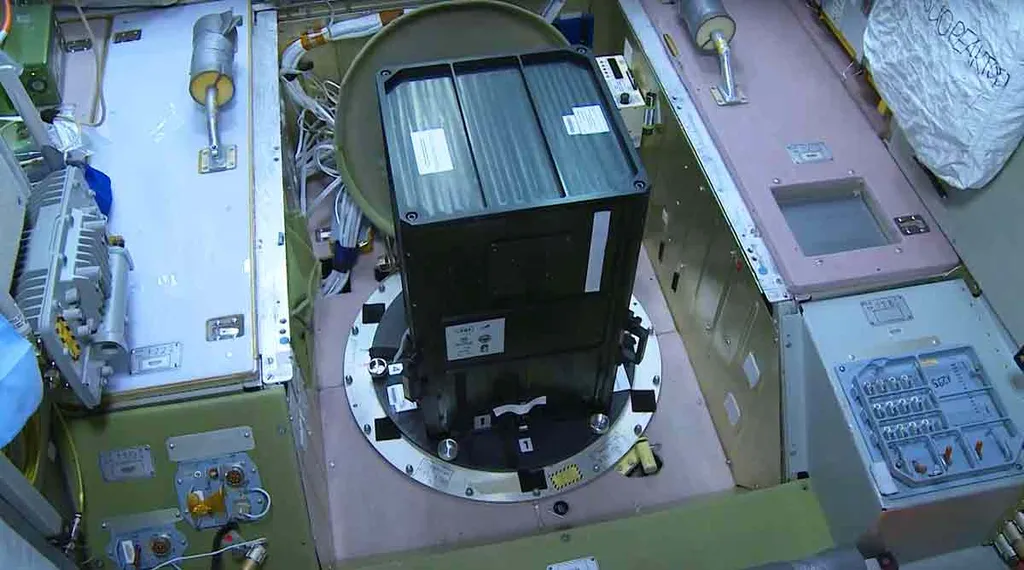In the realm of astrophysics and energy research, understanding the most energetic particles in the universe can open new avenues for scientific discovery and technological innovation. Leading this charge is Dr. Zbigniew Plebaniak, a researcher affiliated with the JEM-EUSO collaboration, an international initiative dedicated to studying ultra-high-energy cosmic rays (UHECRs) and astrophysical neutrinos. These particles, with energies exceeding 10^20 eV, offer insights into extreme astrophysical processes but are notoriously difficult to detect due to their rarity.
The JEM-EUSO collaboration is pioneering a multi-platform approach to observe these elusive particles. At the core of their technology is an ultra-fast, highly sensitive ultraviolet (UV) camera designed to detect extensive air showers (EASs) in the atmosphere with unprecedented spatial and temporal resolution. This camera can capture the faint fluorescence and Cherenkov light emitted when UHECRs and neutrinos interact with the Earth’s atmosphere. A dedicated Cherenkov camera has also been developed to assess the feasibility of the Earth-skimming technique from high altitudes, where particles interact with the Earth’s atmosphere at grazing angles.
One of the key innovations of the JEM-EUSO program is the integration of fluorescence and Cherenkov detectors to create a hybrid detection surface. This hybrid approach allows for more comprehensive studies of the light emitted by cosmic ray and neutrino interactions, enhancing the detection capabilities and providing a more detailed understanding of these high-energy phenomena. The collaboration employs a multi-platform strategy, including ground-based experiments like EUSO-TA, which calibrates detection systems and validates models, and balloon-borne missions such as EUSO-Balloon and EUSO-SPB1/SPB2, which demonstrate observations from the stratosphere and test new technologies.
Space-based missions, particularly Mini-EUSO on the International Space Station (ISS), have already provided valuable data on UV backgrounds, transient luminous events (TLEs), and meteoroids. These missions have also showcased the potential for future space-based detection of UHECRs and neutrinos. Looking ahead, the JEM-EUSO collaboration is planning several ambitious projects, including the POEMMA space mission, designed for stereoscopic observations of UHECRs and multi-messenger phenomena. The PBR experiment, which integrates radio detection, is scheduled to fly in 2027, and the M-EUSO satellite mission has been proposed to the European Space Agency (ESA).
For the energy sector, the research conducted by the JEM-EUSO collaboration could have significant implications. Understanding the origins and behavior of UHECRs and neutrinos can lead to advancements in particle physics and astrophysics, which in turn can inform the development of new energy technologies. For instance, the detection and study of these high-energy particles can contribute to the development of advanced radiation detection systems, which are crucial for ensuring the safety and efficiency of nuclear energy facilities. Additionally, the technologies developed for space-based observations can be adapted for monitoring and managing energy systems from space, providing valuable data for energy distribution and management.
The research conducted by Dr. Plebaniak and the JEM-EUSO collaboration was published in the journal Experimental Astronomy, highlighting the ongoing efforts to push the boundaries of our understanding of the universe and its most energetic phenomena. As the collaboration continues to advance its multi-platform strategy, the energy sector can look forward to new insights and technologies that will shape the future of energy research and development.
This article is based on research available at arXiv.

